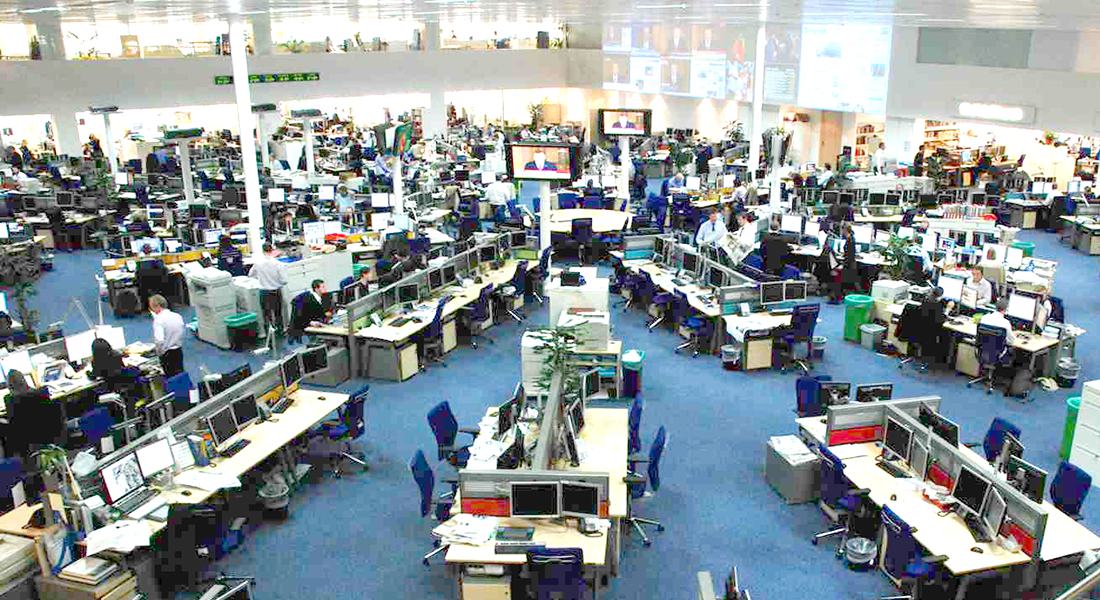Executive summary ↑
The year 2020 has meant deep disruption for journalism as the global COVID-19 pandemic has profoundly affected people’s health, habits, and livelihoods. Journalists play a central role in reporting on these changes even while simultaneously being personally affected by them. Lockdowns and safety restrictions have changed the way news is produced, with long hours and extensive remote working making communication and day-to-day production more complex. COVID-19 has also increased economic uncertainty after a steep decline in advertising revenues, leading to widespread layoffs and increased pressure on an already challenged industry.
At the same time, high-profile events have brought to the surface a series of social and generational changes and fundamental disagreements that are testing newsrooms in other ways. The killing of George Floyd in Minnesota and the Black Lives Matter protests have helped focus attention on racial injustice and social inequality and led to questions around the media’s coverage of these issues. Prompted also by the #MeToo movement, documented instances of sexual abuse and harassment in the media, and continued disclosure of gender pay gaps, newsrooms across the world have been wrestling with how to confront enduring forms of social inequality internally and how to better represent audiences through greater diversity in their news coverage.
For this Reuters Institute report, we surveyed a strategic sample of newsroom leaders from around the world on how their organisations are adapting to these external and internal challenges. The survey included both a set of closed questions and open-ended fields for respondents to share their experiences. We hope the findings provide valuable context for leaders in journalism on the range of approaches taken by their peers. The data are based on a survey of a strategic sample of 136 news industry leaders from 38 countries, completed between 21 September 2020 and 7 October 2020. More details of the methodology and make-up of the sample are provided in the section at the end of the report.
Overall, we find many news media are struggling to cope with reporting one of the biggest stories of our lifetimes while also trying to confront the need for various forms of internal change.
- The remote working practices that have become more widespread as a result of the COVID-19 crisis may, according to our respondents, have made organisations more efficient (55%), but our respondents are worried about the impact on creativity and on teams. Almost eight in ten (77%) feel remote working has made it harder to build and maintain relationships, with many raising concerns about how to communicate effectively and about the mental health of employees.
- Despite this, it is clear that many news organisations may continue to operate in a more distributed fashion even after the crisis. Almost half of our respondents (48%) say their companies are planning to downsize their physical premises. Hybrid newsrooms – with some staff in the office, some working from home, and some on the go – are likely to be an integral part of the future media landscape.
- Even as our respondents feel significant progress has been made in closing the gender diversity gap, ethnic, political, and other forms of diversity are lagging far behind. In the wake of the Black Lives Matters protests and increased public scrutiny of often relatively monochrome newsrooms, improving ethnic diversity (42%) is highlighted as the most pressing diversity priority in the year ahead – named by more than twice as many as cite gender diversity (18%).
- The majority of respondents say that their news organisation collects and shares diversity data about staff (64%) and leadership (54%) – while more than four in ten (41%) say they now monitor the make-up of their contributors and interviewees. Around half (46%) of our respondents say their organisation has someone formally in charge of diversity, equity, and inclusion practices, but only a third (36%) have a budget for internal initiatives to actively promote diversity.
- While many respondents say their organisation is doing a good job on diversity at junior levels (84%), only a minority (37%) feel the same is the case at the senior leadership level. Several point out that this gap between diverse rank and file and much less diverse leadership raises questions for some staff (and perhaps outside critics) about the credibility of public statements about the desire to fundamentally address change.
- The economic problems of the news industry have not increased confidence amongst news leaders when it comes to attracting and retaining talent – especially in non-editorial roles. Less than a quarter of our respondents say they are confident about recruiting and keeping product (23%), data (21%), and technical (18%) talent. The news industry leaders we surveyed say that they are struggling to compete on pay and other benefits compared with other industries.
The data in this report is based on a survey of a strategic sample of 136 news industry leaders from 38 countries, completed between 21 September 2020 and 07 October 2020. Respondents include Editors in Chief, CEOs as well as other senior positions in editorial, commercial and product. The sample includes individuals working in a wide range of different companies with a print, magazine, broadcast and news agency background – as well as digital-born news organisations. The majority of the respondents are from the Global North, and most of them work in mid-size and large organisations, and our results thus do not capture the often very different situation faced by small organisations and those operating in poor and/or authoritarian countries. It is not a representative sample, and it is not a random sample, and it thus does not allow for generalisation to the industry at large. More details of the methodology and make-up of the sample are provided in the Survey Methodology section at the end of the report.
Seguir leyendo: Reuters Institute


